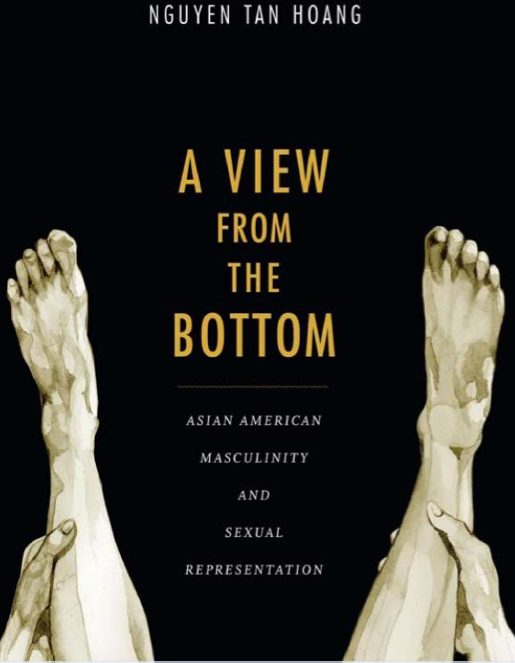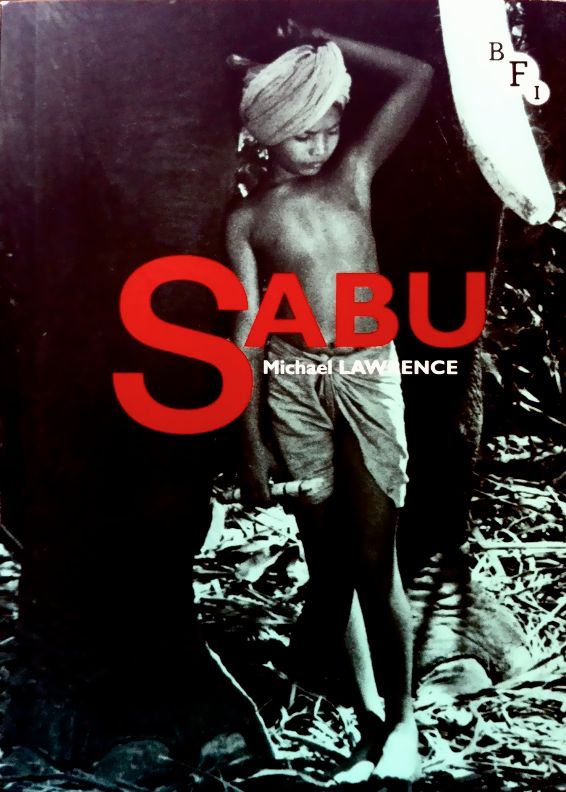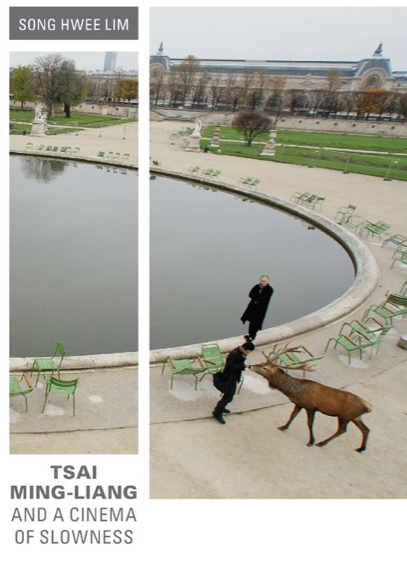


A View from the Bottom: Asian American Masculinity and and Sexual Representation by Nguyen Tan Hoang (Duke University Press)
A View from the Bottom offers a major critical reassessment of male effeminacy and its racialization in visual culture. Examining portrayals of Asian and Asian American men in Hollywood cinema, European art film, gay pornography, and experimental documentary, Nguyen Tan Hoang explores the cultural meanings that accrue to sexual positions. He shows how cultural fantasies around the position of the sexual “bottom” overdetermine and refract the meanings of race, gender, sexuality, and nationality in American culture in ways that both enable and constrain Asian masculinity. Challenging the association of bottoming with passivity and abjection, Nguyen suggests ways of thinking about the bottom position that afford agency and pleasure.
Tsai Ming-Liang and a Cinema of Slowness by Song Hwee Lim (University of Hawi’i Press)
Providing a critical investigation into questions of temporality, materiality, and aesthetics, and examining concepts of authorship, cinephilia, and nostalgia, Song Hwee Lim offers insight into cinematic slowness through the films of the Malaysian-born, Taiwan-based director Tsai Ming-liang. Through detailed analysis of aspects of stillness and silence in cinema, Lim delineates the strategies by which slowness in film can be constructed. Tsai Ming-liang and a Cinema of Slowness will speak to readers with an interest in art cinema, queer studies, East Asian culture, and the question of time. In an age of unrelenting acceleration of pace both in film and in life, this book invites us to pause and listen, to linger and look, and, above all, to take things slowly.
Sabu by Michael Lawrence (BFI/Palgrave Macmillan)
In this captivating study, Michael Lawrence explores the historical, political, cultural contexts of Sabu’s popularity as a star, and considers the technological and industrial shifts that shaped his career – from the emergence of Technicolor in the late 1930s to the breakdown of the studio system in the 1950s. Attending to the detail of Sabu’s distinctively physical performances, Lawrence shows how his agency as an actor enabled him to endure, exceed and exploit his unique star image.




 RSS - Posts
RSS - Posts